Turkey Birds for sale
Turkeys for sale
From 1 year to 5 month old turkeys for sale. Orlopp Bronze Broad Breasted White Holland Beltsville Various sizes
Turkey Birds: A Culinary and Cultural Icon
Introducing the Turkey Bird
The turkey bird, a large, domesticated fowl, has become an iconic symbol of Thanksgiving and other festive gatherings. Native to North and Central America, turkeys have been cultivated for centuries for their meat and feathers. With their distinctive appearance and culinary significance, turkey birds continue to captivate people around the world.
Physical Characteristics
Turkey birds are large birds with a plump body, long neck, and broad breast. Their feathers are typically a combination of black and white, with a distinctive fan-shaped tail. Males, known as toms, are larger than females, called hens, and have a prominent wattle and snood hanging from their necks.
Habitat and Behavior
In their natural habitat, turkeys are found in forests, woodlands, and grasslands. They are social creatures that live in flocks, often roosting in trees at night. Turkeys are omnivores, feeding on a variety of plants, seeds, insects, and berries.
Domestication and Breeding
Turkeys were domesticated by Native Americans centuries ago. Today, there are several domesticated breeds of turkeys, including the Broad-Breasted White, Bronze, and Bourbon Red. These breeds have been selectively bred for their larger size, faster growth rate, and meat quality.
Culinary Significance
The turkey bird is most famous for its role in Thanksgiving feasts, but it is also enjoyed in many other culinary traditions. Turkey meat is lean and nutritious, and it can be cooked in a variety of ways, including roasting, grilling, and frying. Turkey is often served with traditional side dishes such as stuffing, mashed potatoes, and cranberry sauce.
Turkey Farming
Turkey farming is a significant agricultural industry in many countries. Commercial turkey farms typically raise thousands of birds in large, climate-controlled facilities. The birds are fed a specialized diet and are harvested at a specific age and weight.
Health Benefits of Turkey
Turkey meat is a good source of protein, iron, and zinc. It is also low in fat and cholesterol, making it a healthy choice for people of all ages. Turkey contains tryptophan, an amino acid that is often associated with promoting sleep and relaxation.
Turkey Feathers
Turkey feathers have been used for centuries in various applications, including clothing, pillows, and insulation. Today, turkey feathers are still used in some traditional crafts and decorative items.
Conclusion
The turkey bird is a fascinating creature with a rich history and cultural significance. Whether you’re enjoying a Thanksgiving feast or simply appreciating its unique beauty, there’s no denying the appeal of this iconic bird.
| Sex | Male, female, pair |
|---|
Be the first to review “Turkey Birds for sale” Cancel reply
Related products
Emu chick for sale
QUAIL FOR SALE
CHICKENS FOR SALE
QUAIL FOR SALE







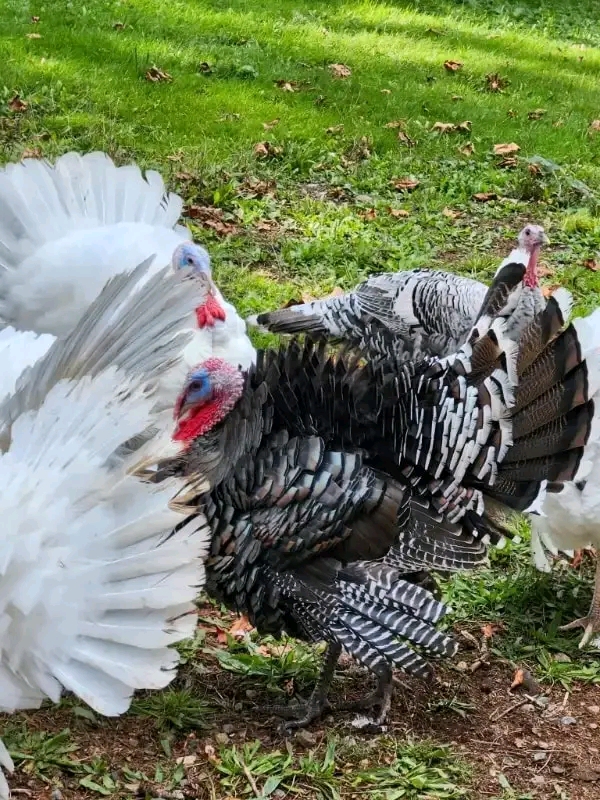
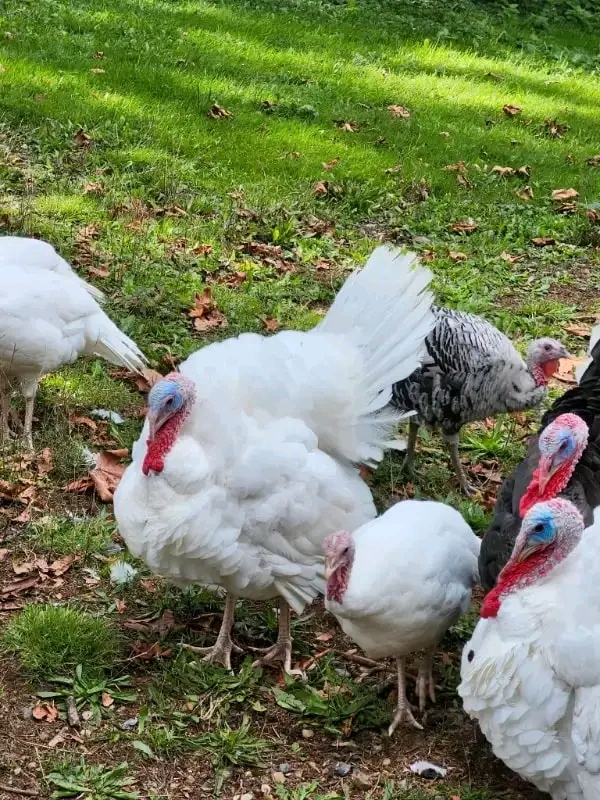



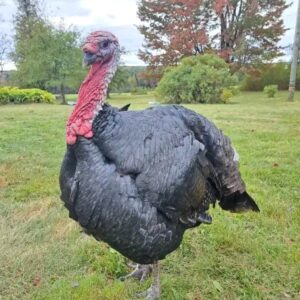


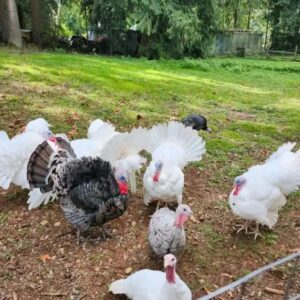






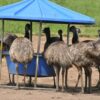
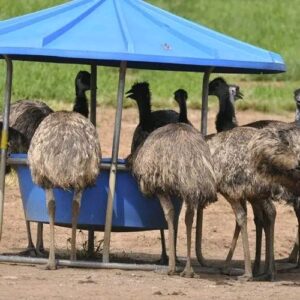
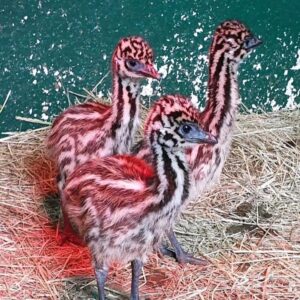
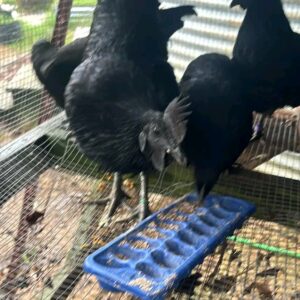
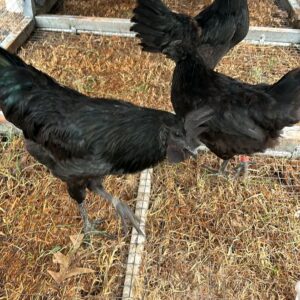
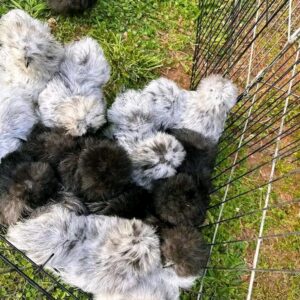
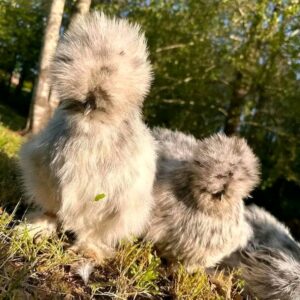
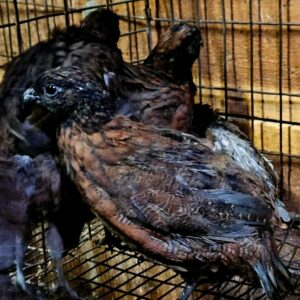

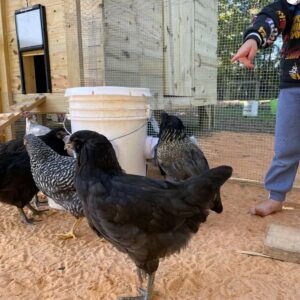

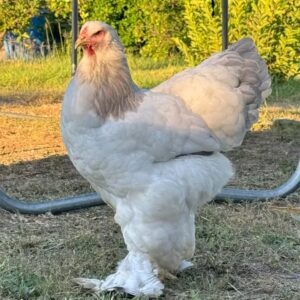

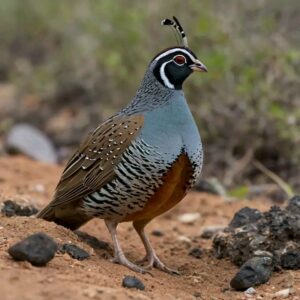
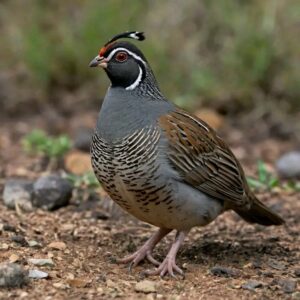
Reviews
There are no reviews yet.